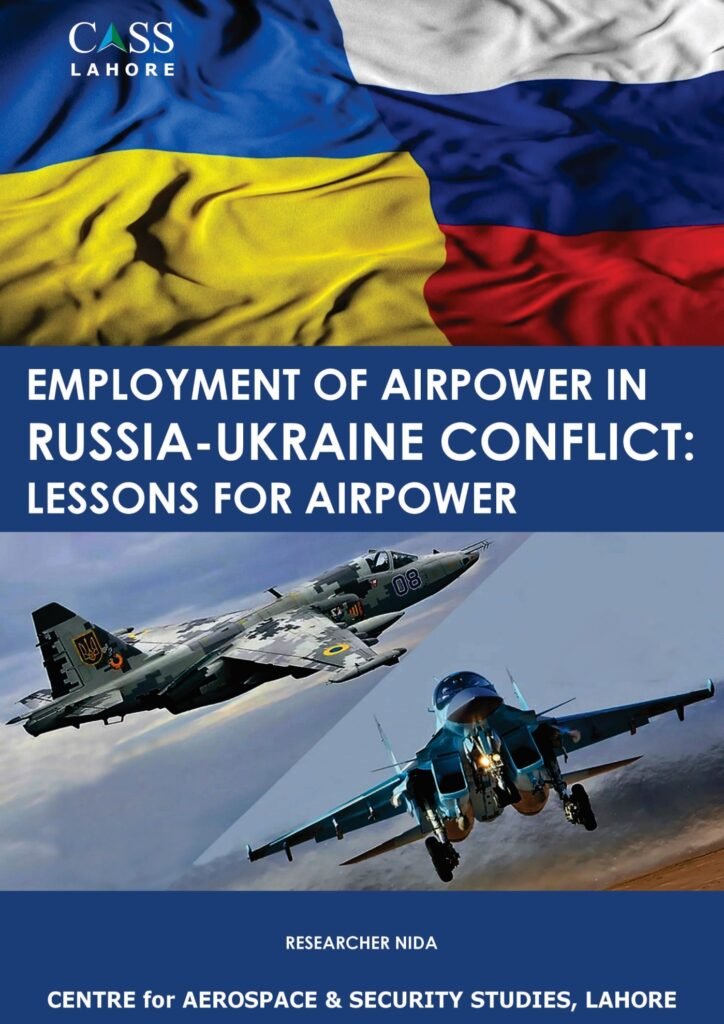EMPLOYMENT OF AIRPOWER IN RUSSIA-UKRAINE CONFLICT: LESSONS FOR AIRPOWER

ABSTRACT
The employment of airpower has become instrumental in changing the outcomes of the war since the previous decades. A proper utilisation of airpower has resulted in quick gains for many states. Likewise, in Russia-Ukraine conflict, the employment of air power is crucial and given that it is a recent conflict, it yields critical lessons for the effective utilisation of airpower and reveals the gaps in such utilisation of air assets in modern warfare. This research paper aims to evaluate the employment of airpower in Russia Ukraine conflict on strategic level. Highlighting the Russian Air Force, the paper delves into their diverse assets and explores inherent strengths and weaknesses, and correspondingly undertaking a comprehensive assessment of the Ukrainian Air Force to highlight their assets and limitations. This study then compares the air power of both nations, and reveals the nuanced interplay of offensive and defensive strategies of both airpowers. Integral to the analysis is the role of allied support in bolstering Ukrainian air power and domain capabilities. By dissecting gains and losses for both sides, the study underscores the tangible impact of air power. The study distils invaluable lessons applicable to air power worldwide, encompassing technology, tactics, command, training, intelligence, surveillance, and joint operations. These insights hold implications for the Pakistan Air Force, guiding future readiness and capability enhancement. Ultimately, it contributes to a comprehensive framework for effective air power utilisation, refining strategic approaches and tactical implementations.

Nida Khattak
CASS LAhore

The Centre for Aerospace & Security Studies (CASS) was established in July 2021 to inform policymakers and the public about issues related to aerospace and security from an independent, non-partisan and future-centric analytical lens.


